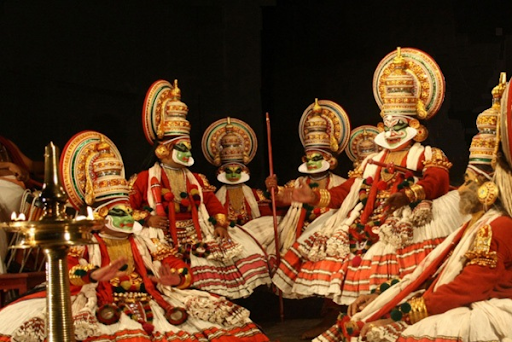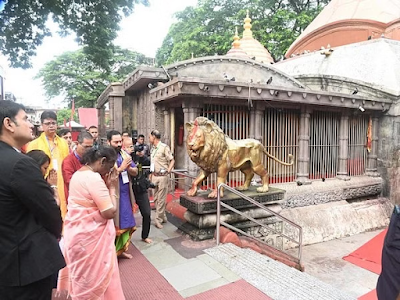Sela Pass
Sela Pass is indeed one of the best tourist destinations, especially for those who appreciate natural beauty and adventure. Here's why it's considered such a fantastic place to visit:
Breathtaking Scenery: The panoramic views of the surrounding Himalayan peaks, snow-clad mountains, and the serene Sela Lake are truly awe-inspiring. It offers a visual treat that's hard to match anywhere else.
Adventure Opportunities: For adventure enthusiasts, Sela Pass provides ample opportunities for trekking, hiking, and even camping. The rugged terrain and challenging weather conditions add an element of thrill and excitement to any outdoor activity.Natural Beauty
Photography Paradise: Photographers flock to Sela Pass to capture its stunning vistas, dramatic landscapes, and vibrant Buddhist cultural elements. Every angle offers a picture-perfect moment waiting to be captured.Adventure Activity
Cultural Experience: The region around Sela Pass is rich in Tibetan Buddhist culture, offering visitors a chance to explore monasteries, interact with local communities, and witness colorful festivals and rituals.Capture Picture
Wildlife Spotting: Nature lovers will appreciate the diverse flora and fauna found in the area, including rare bird species like the Himalayan Monal and elusive mammals like musk deer and Himalayan black bears.Buddhist culture
Historical Significance: Sela Pass holds historical significance as it has been a crucial route for trade and transportation in the region for centuries. Exploring its history adds depth to the overall experience of visiting the pass.Himalayan Monal
Challenges and Rewards: The journey to Sela Pass is not just about reaching a destination; it's about the adventure along the way. Navigating the winding roads, overcoming altitude challenges, and braving the weather make reaching the pass all the more rewarding.Historical Importence
Peace and Serenity: Despite its popularity, Sela Pass offers a sense of tranquility and solitude that is hard to find in more crowded tourist destinations. The pristine surroundings and fresh mountain air provide the perfect environment for relaxation and introspection.
Whether you're an adventure seeker, nature lover, photographer, or simply someone looking for a unique travel experience, Sela Pass has something to offer everyone. It's a destination that leaves a lasting impression and beckons visitors to return again and again.



























